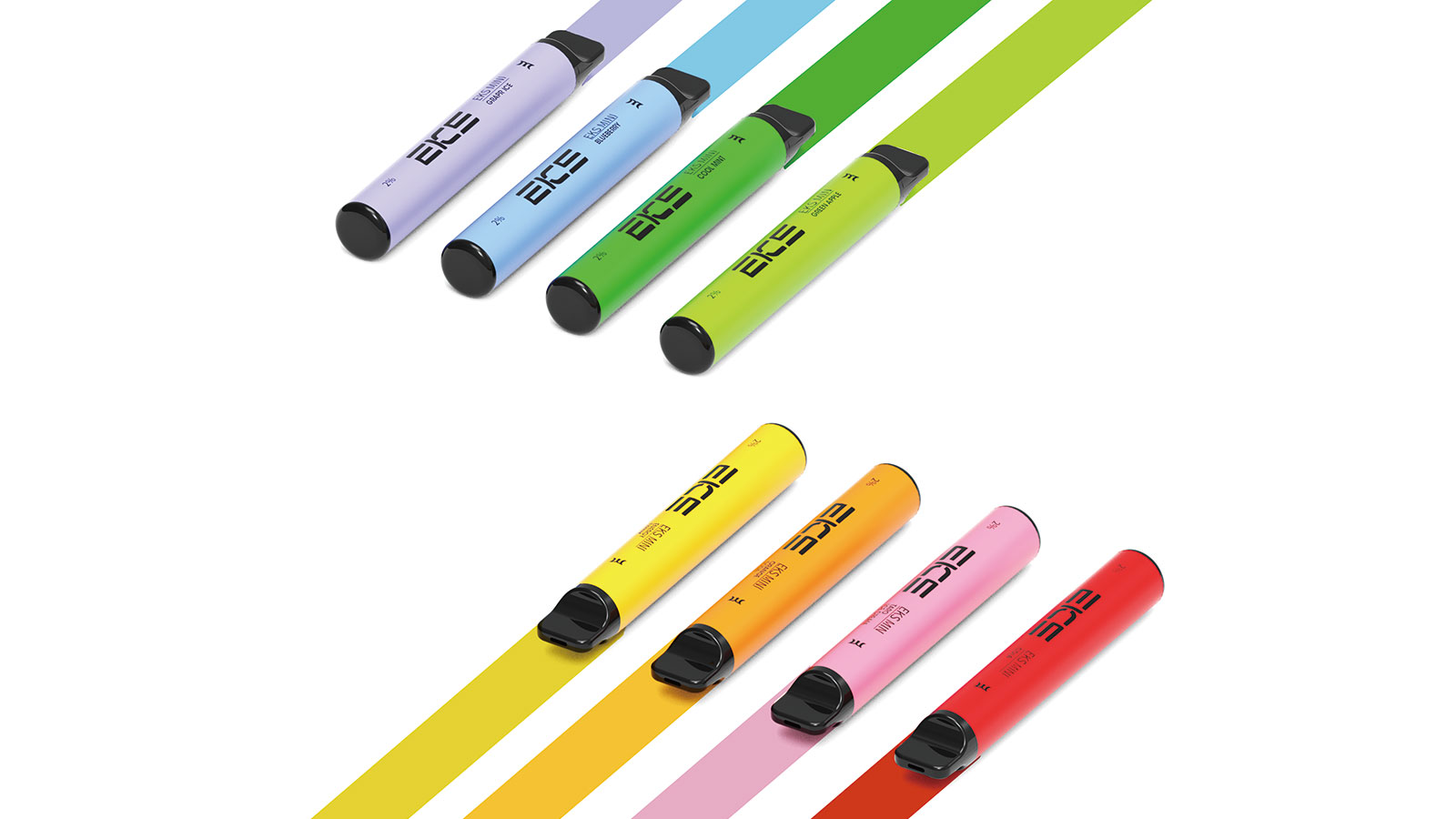Industry White Paper | Published: May 2024 | For: Stakeholders, Regulators, Researchers
Abstract
Global demand for reduced-harm nicotine products is on the rise. This trend is pushing next-generation e-cigarettes toward transformative innovation.
Three key factors drive this shift: technological advances, evolving regulatory frameworks, and changing consumer expectations for safety and sustainability.
This paper analyzes core trends (precision harm reduction, smart devices, circular design) and key challenges (regulatory gaps, consumer trust), while offering actionable insights for industry players.
By 2027, next-gen e-cigarettes are expected to hold over 45% of the global e-cigarette market—with safety, personalization, and sustainability as defining competitive advantages.
1. Core Trends Shaping Next-Generation E-cigarettes
1.1 Precision Harm Reduction: Beyond Basic Heating
Traditional e-cigarettes rely on simple coil heating. This design often generates harmful byproducts—such as formaldehyde—when temperatures run too high.
Next-gen devices will solve this issue with two key technologies: adaptive temperature control (ATC) and heat-not-burn (HNB) 2.0. Both use ceramic or metal-alloy heaters to target nicotine release without exceeding 350°C.
According to studies by the EU’s Scientific Committee on Health, Environmental and Emerging Risks (SCHEER), this temperature control cuts toxicant formation by up to 60%.
E-liquid formulation will also advance. Synthetic additives will be replaced with plant-based carriers—like sustainable vegetable glycerin—and nicotine salt variants will deliver smoother hits at lower concentrations, reducing dependency risks.

Figure 1: HNB 2.0 e-cigarette with real-time temperature monitoring and toxicant reduction metrics.
1.2 Smart Devices: Personalization & Accountability
Consumers are increasingly seeking transparency and control over their nicotine use. This demand is driving the integration of IoT (Internet of Things) capabilities into next-gen e-cigarettes.
Key smart features will include:
- Mobile app connectivity to track nicotine intake, usage frequency, and battery life;
- Biometric sensors (e.g., mouthpiece pressure detectors) linked to government IDs to prevent underage use;
- AI-powered alerts to notify users of excessive usage or potential device malfunctions.
Market research firm Grand View Research projects that smart e-cigarettes will grow at a compound annual growth rate (CAGR) of 28.3% between 2024 and 2030. This growth is fueled by regulatory pressure to curb youth access.
1.3 Circular Design: Reducing Environmental Footprint
The current e-cigarette industry faces a major environmental challenge: it generates over 1.2 billion disposable devices annually, most of which end up in landfills.
Next-gen products will prioritize circularity to address this issue, through three key strategies:
- Modular designs that let users replace only faulty components (e.g., batteries, heating elements) instead of the entire device;
- Recyclable or biodegradable materials for casings and e-liquid pods;
- Take-back programs for used devices, with manufacturers offering incentives (e.g., discounts) to encourage recycling.

Figure 2: Modular e-cigarette design showcasing recyclable components and a biodegradable outer casing.
2. Key Challenges & Strategic Opportunities
2.1 Regulatory Harmonization: A Global Priority
Regulatory fragmentation remains a major barrier for the e-cigarette industry. Rules vary widely across global markets, creating inconsistency for manufacturers.
For example, the EU’s Tobacco Products Directive (TPD) mandates strict toxicant testing for e-cigarettes. In contrast, some Asian markets—such as Indonesia—have yet to implement comprehensive regulatory frameworks.
Opportunity: Industry players can proactively align with global best practices (e.g., adhering to the U.S. FDA’s Premarket Tobacco Product Application (PMTA) standards) and engage with regulators to shape evidence-based policies. This collaboration will create a consistent framework that balances innovation and public health.
2.2 Building Consumer Trust Through Transparency
Misinformation about e-cigarette safety has significantly eroded consumer trust in recent years. This lack of trust poses a challenge for brands launching next-gen products.
Brands can differentiate themselves and rebuild trust by prioritizing transparency. Key actions include:
- Publishing third-party lab reports on toxicant levels to validate safety claims;
- Using blockchain technology to trace ingredient origins, ensuring authenticity and quality;
- Launching educational campaigns to clarify the relative risks of e-cigarettes vs. traditional combustible tobacco.
3. Conclusion
Next-generation e-cigarettes will redefine the nicotine product landscape by centering on three core pillars: safety, personalization, and sustainability.
For industry stakeholders, success will depend on three key actions: investing in precision harm-reduction technologies, embracing smart device innovation, and adopting circular design principles.
Equally important is collaboration with regulators to build a trusted, compliant ecosystem. This partnership will not only help brands capture significant market share but also contribute to public health goals by offering viable alternatives to combustible tobacco.
As the industry evolves, flexibility and a focus on consumer well-being will remain the foundation of long-term growth and credibility.

